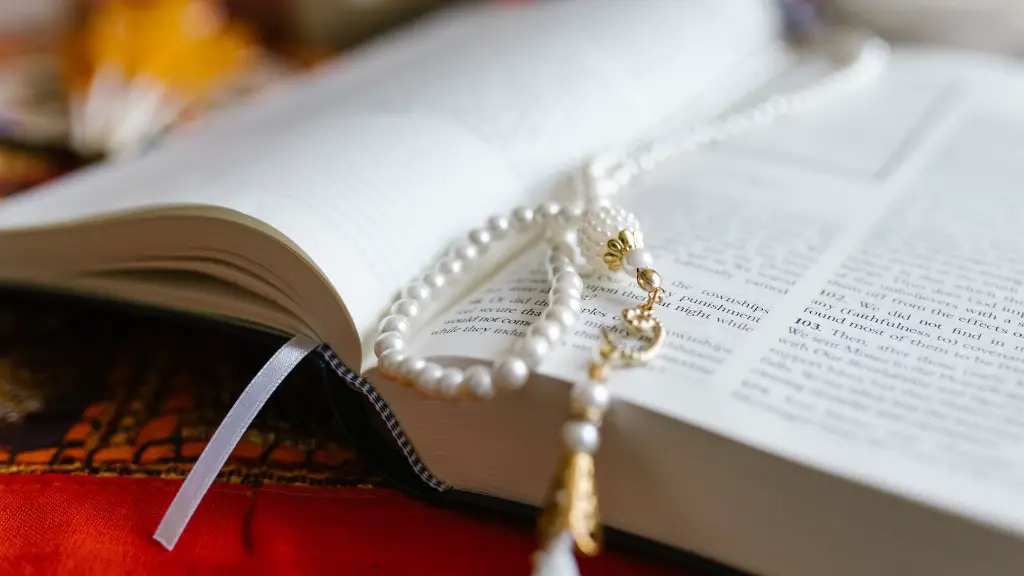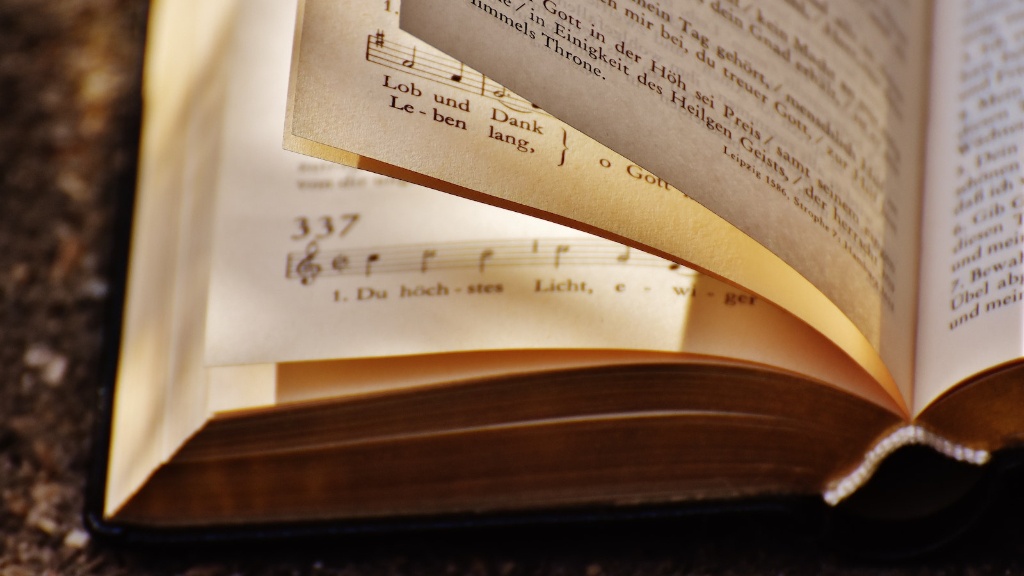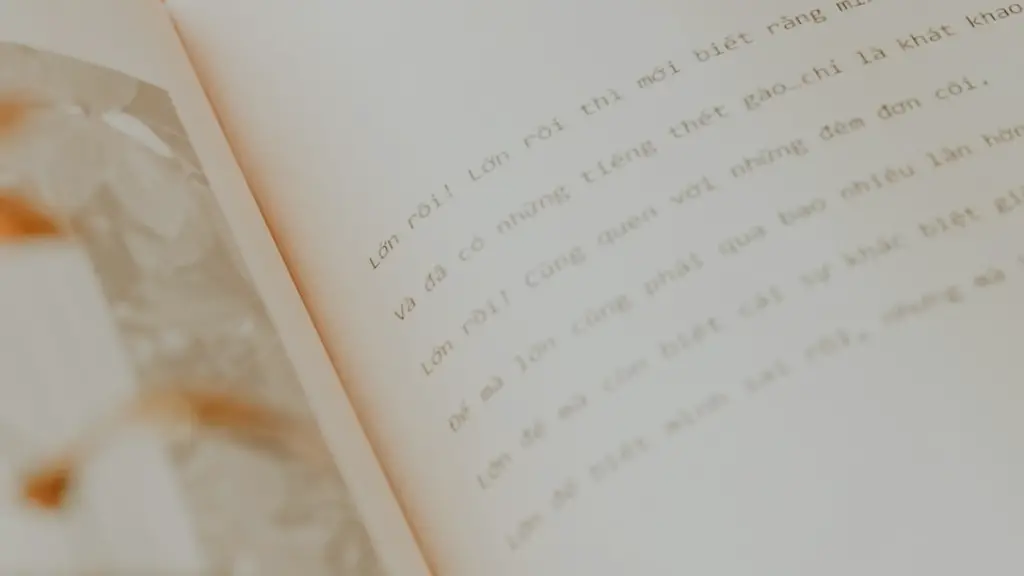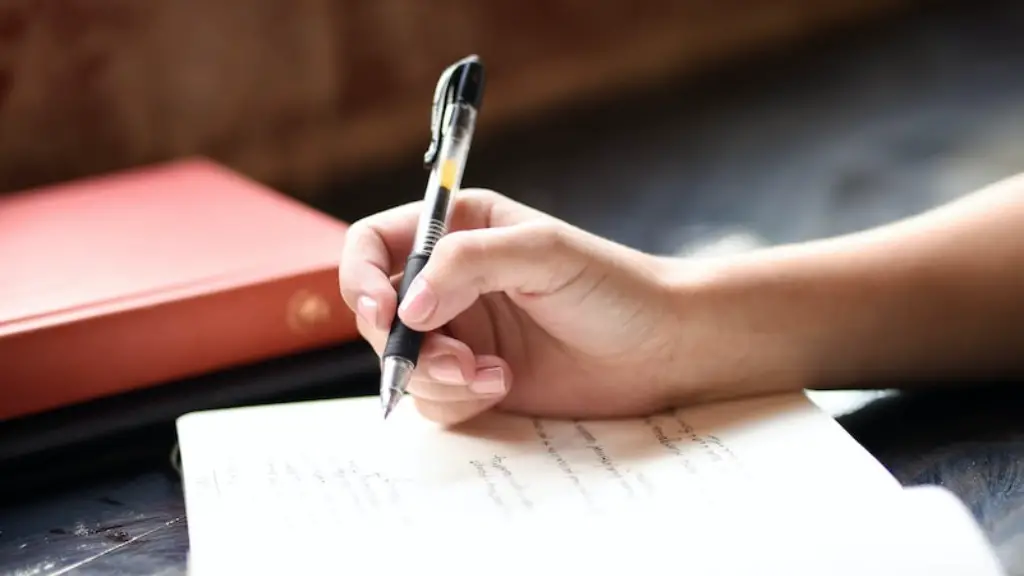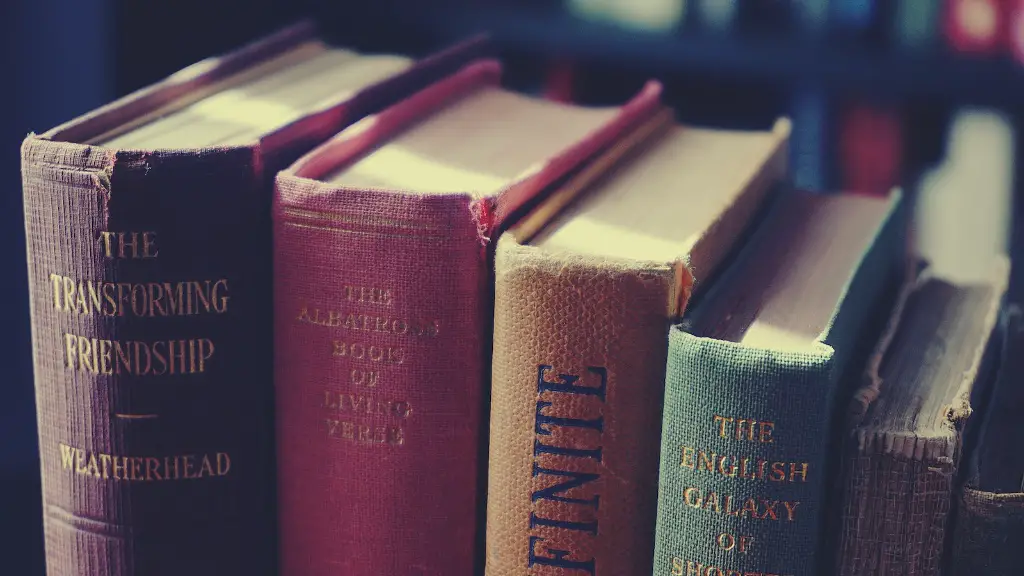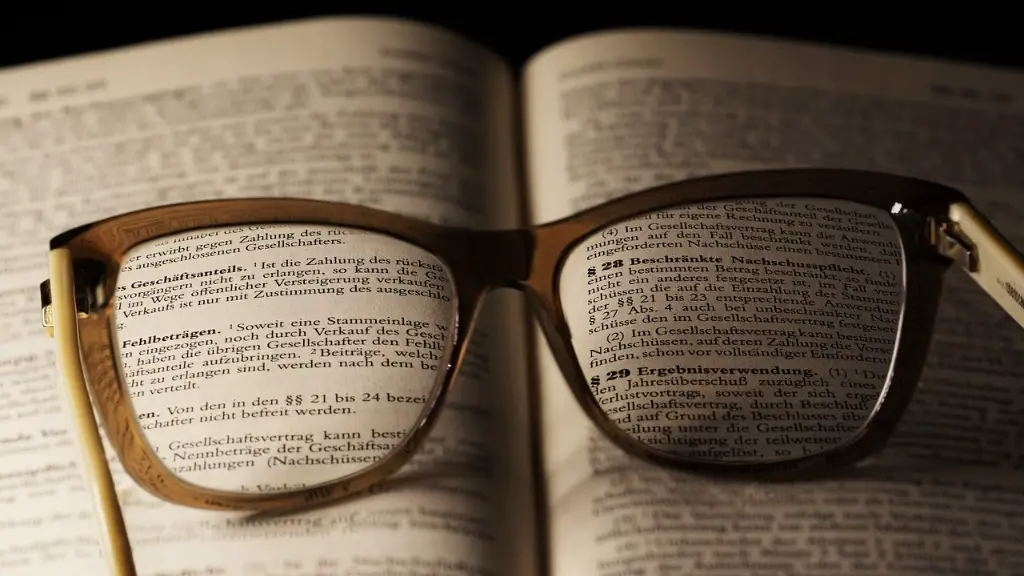Sound devices in poetry are important devices used to convey meaning, create imagery and suggest emotions in a poem. They can be used to evoke a certain feeling or to create rhythm and imagery in a poem. Sound devices are one of the most common elements of poetic devices, and they are used in almost every poem, ranging from classical forms such as sonnets and haikus to modern poetry. They are used to create rhythm or to add emphasis to an idea, or to create a certain atmosphere.
Rhyme is one of the most commonly used sound devices in poetry. Rhyme is the repetition of similar-sounding words at the end of lines or in successive lines of a poem. It can create a sense of unity in a poem and can make lines of poetry easier to remember. It can also be used to create humor or to emphasize a particular idea. There are various types of rhyme, such as end rhyme, internal rhyme, slant rhyme, and near rhyme. Rhyme can also be used to create rhythm in a poem, as it can be used repeatedly to create a regular rhythm.
Alliteration is another popular sound device used in poetry. Alliteration is the repetition of consonant sounds at the beginning of words. It is often used to create emphasis on certain words or ideas. Alliteration can also be used to create rhythm or to evoke a certain feeling in a poem. An example of alliteration is “big bad bison,” where the words “big,” “bad” and “bison” all begin with the same letter. Alliteration can also be used to create humor or to emphasize particular ideas.
Assonance is another important sound device used in poetry. Assonance is the repetition of vowel sounds in successive words in a line or poem. It is often used to create an atmosphere in a poem and can help create a rhythm in a poem. Assonance can also be used to emphasize particular words in a poem, such as in the phrase “catch the changes of the contralto” where the words “catch,” “changes” and “contralto” all contain the same vowel sound.
Onomatopoeia is a sound device used to portray a sound through its spelling. It is often used to create a contrast between a sound and its spelling. For example, in the phrase “hiss and hum,” the words “hiss” and “hum” portray the sound of a snake and a bee, respectively. It can also be used to create rhythm or to emphasize particular words in a poem.
Metaphors and similes are also sound devices used in poetry. Metaphors are figures of speech where one thing is compared to another thing—for example, in the phrase “Your heart is a flower” the heart is compared to a flower—while similes are comparisons between two unlike things using the words “like” or “as”—for example, in the phrase “your love is like a white rose” the love is compared to a white rose. Since metaphors and similes use language to create imagery, they are often used in conjunction with other sound devices to create a certain atmosphere in a poem.
Overall, sound devices in poetry are important devices used to convey the meaning of a poem, to evoke specific feelings, and to create rhythm and imagery in a poem. Different sound devices can be used to create different effects and can help to emphasize particular words in a poem. There are many types of sound devices, such as rhyme, alliteration, assonance, onomatopoeia, metaphors, and similes.
Imagery and Metaphors in Poetry
Imagery is an important device used to create vivid images in a poem. It uses language to create visual, auditory, olfactory, tactile and/or gustatory images in a reader’s mind. Imagery can be used to evoke sensory experiences and to create a certain atmosphere in a poem. In poetry, metaphors and similes are two common kinds of imagery used to draw comparisons between two unlike subjects. Metaphors can be used to make a comparison without using comparison words such as “like” or “as”, while similes use comparison words to draw a comparison between two things.
When used in poems, imagery and metaphors can be used to convey powerful emotions or to make a point about a subject in an interesting and engaging way. They can also be used to create vivid images or to add emphasis to a particular idea or feeling. For example, the line “Your love is like a rose” conveys a feeling of beauty and love, while the phrase “Your heart is a desert” conveys a feeling of emptiness and distance. Imagery and metaphors can be used to express a range of emotions, making them powerful tools in poems.
One of the strengths of using imagery and metaphors in poetry is that they often draw on a readers’ memories and experiences to create feeling and emotion in the poem. For example, a poem might use the imagery of a storm to create a feeling of chaos and unrest, or it might use the metaphor of a butterfly to create the feeling of freedom and renewal. Moreover, metaphors and imagery can be used to draw attention to certain ideas or to make a point about a situation or topic.
Overall, imagery and metaphors are important sound devices used to evoke emotion, create vivid images and make a point about a particular topic or situation. In addition to being important elements of sound devices, they can be used to convey powerful emotions or to make a point about a certain subject in an interesting and engaging way.
Rhythm in Poetry
Rhythm is an important element in poetry, as it can provide structure and guidance to the poem. It can also create a sense of energy and momentum, making the poem more engaging and rhythmic. Rhythm is created by the repetition of certain sounds, words and phrases in a poem, as well as by the use of meter and rhyme. In poetry, meter refers to the pattern of syllables or “beats” in a line of poetry. It can be used to create a certain rhythm or “rhythmical feel” in a poem.
Rhythm can be used to create a sense of unity and cohesion in a poem, and it can also help create a sense of energy and momentum. It can also be used to emphasize particular words, ideas or feelings in a poem, as well as to create a certain atmosphere in a poem. The rhythm of a poem can also be used to create a certain mood or emotion in a poem. In addition to being an important element in creating a certain feel, rhythm can also be used to create a sense of connection between lines in a poem.
One of the most important purposes of rhythm in poetry is to create a connection between the poet and the reader. By using a certain rhythm in a poem, the poet can create a connection between themselves and the reader, as the poem’s rhythm can evoke a certain emotion or feeling. In this way, the rhythm of a poem can be used to create a connection between the poet and the reader, as well as to create a certain atmosphere in a poem.
Overall, rhythm is an important element of sound devices in poetry. It can be used to create a sense of unity or cohesion in a poem, to create a sense of energy and momentum, to emphasize particular words and ideas, and to create a connection between the poet and reader. It is an important element of sound devices, as it can evoke a certain emotion or feeling in a poem.
Emotions and Tone in Poetry
In poetry, emotions and tone are important elements that can help convey a certain feeling in a poem. Emotions are the internal feelings or states of a person, while tone is the overall attitude or atmosphere that a poem conveys. In poetry, emotions and tones can be conveyed through the use of language, imagery, sound devices and other elements. Emotions and tone can be used to create a certain atmosphere or to convey powerful emotions or ideas in a poem.
In poetry, emotions and tone are often created through the use of language. Specific words and phrases can be used to evoke a certain emotion or feeling in a poem. For example, the phrase “Your love is like a rose” might evoke a feeling of beauty and love, while the phrase “Your heart is a desert” might evoke a feeling of emptiness and distance. Similarly, imagery can be used to create emotions or to convey a certain tone in a poem.
Sound devices can also be used to create emotions or to convey a certain tone in a poem. For example, the repetitive use of alliteration or assonance might create a comforting or peaceful atmosphere, while the use of metaphors or similes might evoke a certain emotion or feeling. Additionally, sound devices can be used to emphasize certain words or ideas in a poem, as well as to create rhythm and imagery.
Overall, emotions and tone are important elements of sound devices in poetry that can be used to evoke a certain emotion or feeling in a poem. They can be used to create atmosphere in a poem and to emphasize particular words, ideas or feelings. They are powerful tools when used in combination with other sound devices, and should be used carefully in order to convey a desired effect.
Syntax and Structure in Poetry
Syntax and structure are important elements of style in poetry. Syntax is the arrangement of words and phrases to create meaning, while structure is the overall organization of a poem. In poetry, syntax and structure can be used to create meaning, to emphasize certain words or ideas, and to create a certain atmosphere or tone. They can also be used to create a certain rhythm or to evoke a certain emotion or feeling in a poem.
In poetry, syntax and structure can be used to create a certain rhythm or flow. For example, the use of repetition or parallelism can create a certain rhythm or flow in a poem. Similarly, the use of rhyme or alliteration can create a certain rhythm in a poem. In addition to creating a certain rhythm, syntax and structure can also be used to emphasize particular words or ideas in a poem.
Syntax and structure can also be used to create a certain atmosphere or to evoke a certain emotion in a poem. For example, the use of short, choppy sentences might create a sense of unease or urgency, while the use of longer sentences might create a feeling of languidness or contentment. Additionally, syntax and structure can create meanings and associations in a poem by arranging words in a particular order.
Overall, syntax and structure are important elements of style in poetry. They can be used to create a certain rhythm, to emphasize particular words or ideas, and to create a certain atmosphere or tone. In addition to being important elements of style, they can also be used to create meanings and associations in a poem by arranging words in a particular order.
